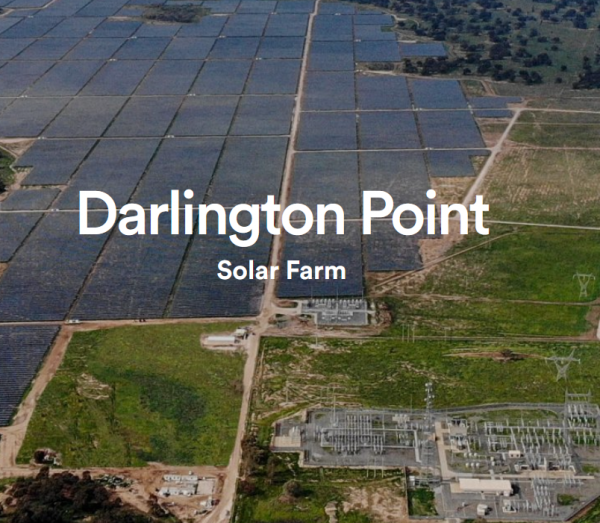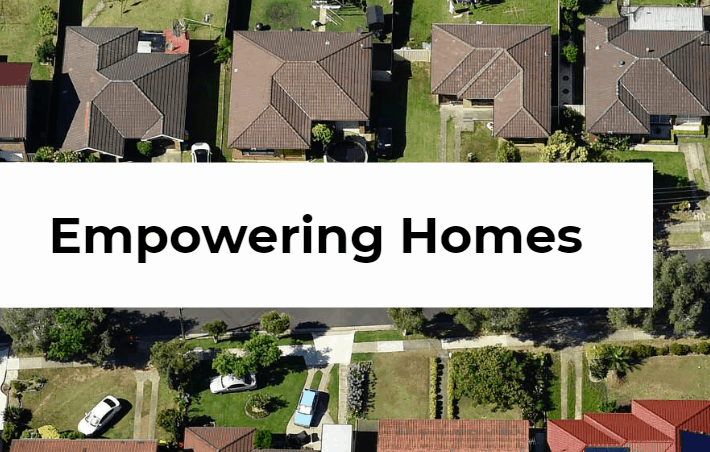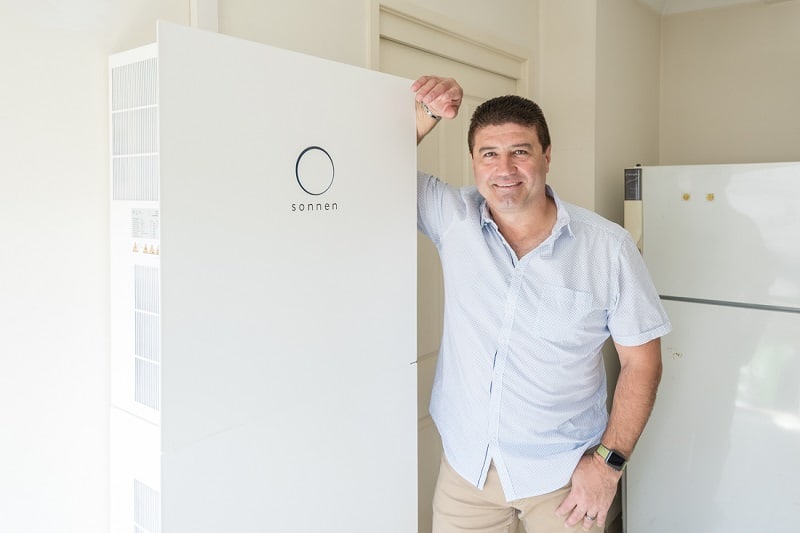New South Wales is one of the largest states in Australia and has been making significant strides in the field of renewable energy, particularly with solar power. With plenty of sunshine and vast open spaces, the state has become an ideal location for large-scale solar power plants. Here are some of the biggest solar power plants in New South Wales:
- Sunraysia Solar Farm: Located in Balranald, Sunraysia is one of the largest solar farms in Australia. With 1.2 million solar panels spread over 2,000 hectares, the farm has a total capacity of 200 MW.
- Limondale Solar Farm: Developed by French company Neoen, Limondale Solar Farm has a total capacity of 249 MW. The farm is spread across 900 hectares near Balranald and uses 872,000 solar panels.
- Wellington Solar Farm: Located near the town of Wellington, this solar farm has a total capacity of 174 MW. The farm is owned by Lightsource BP, and has more than 500,000 solar panels.
- Coleambally Solar Farm: Developed by Neoen, Coleambally Solar Farm has a total capacity of 189 MW. The farm is spread across 550 hectares and uses 567,800 solar panels.
- Griffith Solar Farm: Located in Yoogali, Griffith Solar Farm has a total capacity of 36 MW. The farm is spread across 104 hectares and uses 120,000 solar panels.
- Parkes Solar Farm: Owned by Canadian Solar, Parkes Solar Farm has a total capacity of 66 MW. The farm is spread across 210 hectares and uses 206,000 solar panels.
- Dubbo Solar Hub: Developed by FRV, Dubbo Solar Hub is located near Dubbo and has a total capacity of 57.5 MW. The farm uses 195,000 solar panels spread over 150 hectares.
- Gunnedah Solar Farm: Located near the town of Gunnedah, this solar farm has a total capacity of 45 MW. The farm uses 150,000 solar panels spread over 90 hectares.
- White Rock Solar Farm: Developed by Goldwind Australia, White Rock Solar Farm has a total capacity of 20 MW. The farm is spread across 43 hectares and uses 77,000 solar panels.
- Beryl Solar Farm: Owned by New Energy Solar, Beryl Solar Farm has a total capacity of 110 MW. The farm is located near Gulgong and uses 319,000 solar panels.
These solar power plants have been crucial in reducing Australia’s carbon emissions, and have made significant contributions towards the country’s clean energy targets. With more solar projects in the pipeline, New South Wales is well on its way towards achieving a sustainable future.
- Limondale Solar Farm – https://www.ingersollrand.com/en-au/newsroom/news/2019/01/limondale-solar-farm-announces-major-construction-milestone
- Suntop Solar Farm – https://www.escoenergy.com.au/projects/suntop-solar-farm/
- Wellington Solar Farm – https://global.escoenergy.com.au/projects/wellington-solar-farm/
- Gunnedah Solar Farm – https://frv.com/en/projects/gunnedah-solar-farm/
- Griffith Solar Farm – https://www.edsalvato.com/2019/10/15/the-griffith-solar-farm-is-a-nsw-winner/
- Finley Solar Farm – https://www.jinkosolar.com/au/projects/Finley-Solar-Farm
- Parkes Solar Farm – https://frv.com/en/projects/parkes-solar-farm/
- Coleambally Solar Farm – https://neoen.com/projects/coleambally-solar-farm/
- Dubbo Solar Hub – https://www.neoen.com.au/projects/dubbo-solar-hub/
- Manildra Solar Farm – https://www.solarchoice.net.au/blog/manildra-solar-farm-nsw/
New South Wales has a long history of using renewable energy sources, particularly solar power. The state has some of the highest levels of solar irradiation in Australia, making it an ideal location for solar energy production. The first solar farm in New South Wales was established in 2011 in the town of Nyngan. The farm, which covers an area of around 250 hectares, was developed by AGL Energy and is capable of generating up to 102 MW of power. It was one of the largest solar farms in the world at the time of its construction and was a significant step towards increasing the state’s renewable energy capacity.
Since then, the use of solar power in New South Wales has continued to grow. The state government has implemented a number of policies and initiatives aimed at increasing the use of renewable energy, including solar power. In 2019, the state government announced the development of 14 new solar farms, which are expected to produce a total of 1.4 GW of power. The largest of these farms is the 250 MW Sunraysia Solar Farm, which is located near Balranald.
In addition to large-scale solar farms, many households and businesses in New South Wales have installed solar panels on their roofs. As of 2021, around 470,000 homes and businesses in the state had installed rooftop solar systems. This has helped to reduce their reliance on the grid and has contributed to the state’s growing renewable energy capacity. Overall, New South Wales has made significant strides in the development and use of solar power, and it is expected to continue to play a key role in the state’s energy mix in the future.





